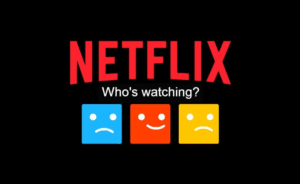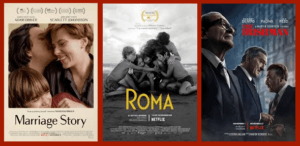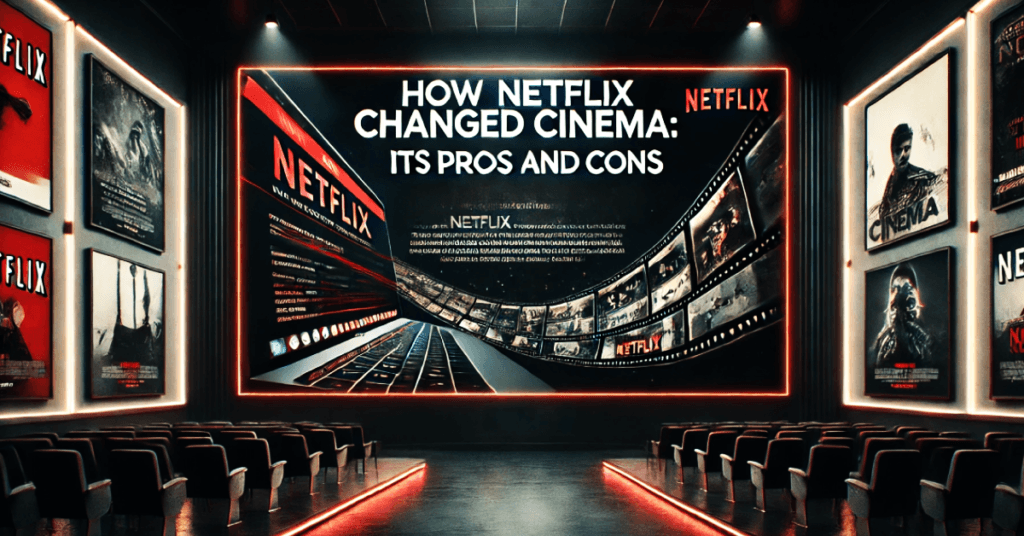Cinema has undergone a radical transformation in the past decade—and Netflix is often seen as the face of this change. While several platforms have contributed to the shift, Netflix became the symbol and pioneer of the streaming revolution. It was the first major disruptor that redefined how we watch, distribute, and even make films.
(Note: This article uses Netflix as the symbolic figurehead of the larger streaming revolution. While platforms like Amazon Prime, Hulu, and Disney+ have had their own influence, Netflix remains the cultural shorthand for the shift from traditional to streaming-based cinema.)
Redefining Accessibility

Netflix changed the idea of film access forever. There was a time when watching a movie meant going to a theatre or waiting for DVDs. Netflix eliminated those delays. With just a subscription and a device, people around the world could stream everything from obscure Korean dramas to Polish noir thrillers. Cinema suddenly became global—not just through international film festivals or critics’ recommendations, but through thumbnails on a homepage.
This accessibility democratized film viewership. Smaller indie films that might not have made it to mainstream screens found global audiences. Releasing a film no longer meant finding distributors and theatres—it meant uploading it to a server and sharing it with the world.
The Original Content Revolution
 Netflix wasn’t content being just a distributor. It started producing its own films and shows, stepping into the shoes of a full-fledged studio. Movies like Roma (2018), The Irishman (2019), and Marriage Story (2019) not only gained massive viewership but also competed at the Oscars. The lines between theatre and streaming began to blur.
Netflix wasn’t content being just a distributor. It started producing its own films and shows, stepping into the shoes of a full-fledged studio. Movies like Roma (2018), The Irishman (2019), and Marriage Story (2019) not only gained massive viewership but also competed at the Oscars. The lines between theatre and streaming began to blur.
This new model gave directors creative freedom and opportunities to make bold films that studios might shy away from. Of course, this freedom also led to a flood of content—some excellent, some average—but it encouraged risk-taking like never before.
Changing the Way We Watch
Netflix didn’t just change what we watch—it changed how we watch. The platform popularized binge-watching by releasing entire seasons at once. Audiences adjusted their viewing habits, sometimes consuming entire series in a day.
This affected how stories were told. Cliffhangers became essential, pacing evolved, and attention spans shifted. Even films had to compete with the binge model—many viewers began watching movies in parts or skipping between them.
Breaking the Theatre Monopoly
Netflix was the first platform to seriously challenge the idea that films must have a theatrical release. While many studios stuck to box office models, Netflix made theatrical exclusivity optional. Movies could now premiere in 190 countries simultaneously, all from the comfort of home.
This approach became a lifeline during the COVID-19 pandemic when theatres shut down. Streaming saved cinema from stagnation. And while theatres have reopened, the way we release and watch films is permanently altered.
Algorithm-Driven Storytelling
Netflix thrives on data. It knows what users like, when they pause, what they rewatch—and uses this information to greenlight new content. This has led to viral hits like Bird Box and Extraction, but also raised concerns.
Data-driven storytelling can lead to formulaic content. Filmmakers may be encouraged to stick to tried-and-tested tropes to ensure high engagement. While this boosts viewership, it can compromise originality and artistic intent.
Global Content, Global Risks
 One of Netflix’s biggest achievements is making world cinema mainstream. Shows like Money Heist, Squid Game, and films like RRR gained worldwide popularity. Regional and foreign-language content reached audiences it never could before.
One of Netflix’s biggest achievements is making world cinema mainstream. Shows like Money Heist, Squid Game, and films like RRR gained worldwide popularity. Regional and foreign-language content reached audiences it never could before.
But there’s a downside. In trying to appeal to a broad global audience, some shows sacrifice cultural specificity. Unique storytelling styles get flattened for mass appeal. The result can be a kind of global sameness, where everything starts to look and feel the same.
The Bigger Picture
Cinema is not ending—it’s evolving. Netflix didn’t replace theatres; it expanded the idea of what a cinema experience could be. It empowered storytellers, gave underrepresented voices a chance, and proved that impactful cinema doesn’t need a big screen, just an audience willing to listen.
At the same time, it reminded us of the value of curation and craftsmanship. Not everything should be bingeable. Not all stories need to go viral. As cinema continues to grow, the challenge will be balancing mass reach with meaningful content.
Netflix may be the poster child of this streaming age, but it’s part of a bigger, ongoing transformation. And in this new era, while a lot has changed, one thing hasn’t—our love for stories, in whatever form they come.
Read More:



